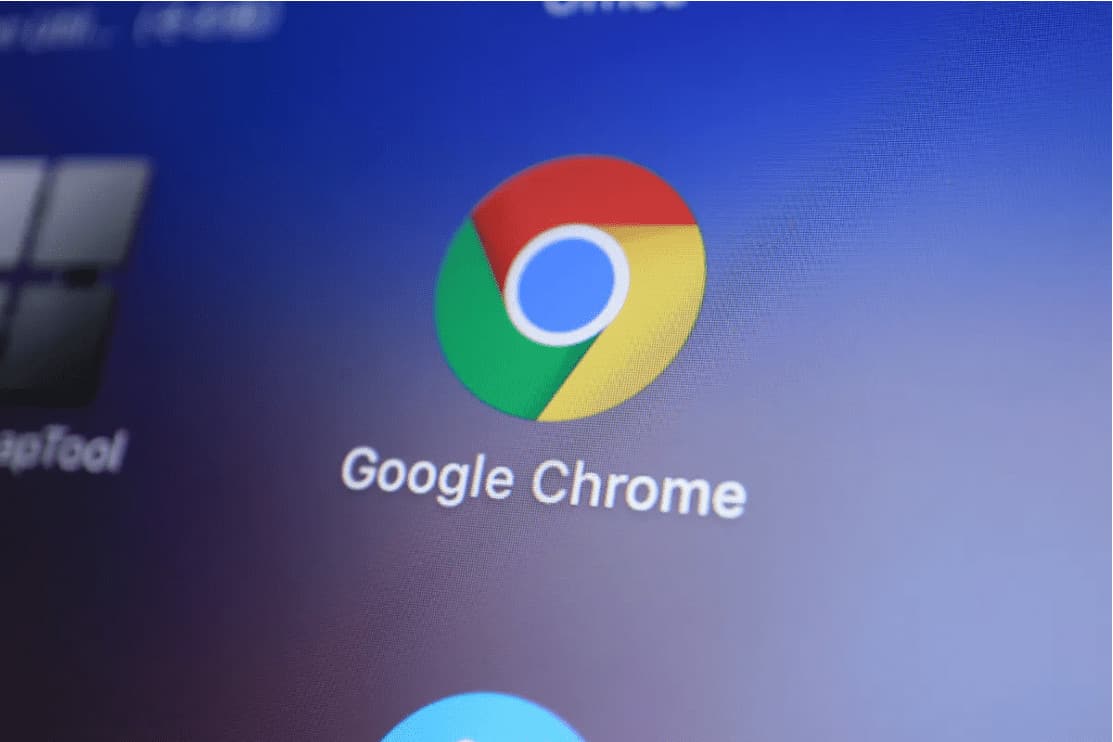Google Chrome is set to replace its lock symbol with a new icon, in order to more accurately reflect the security level of a website. This move could potentially change how we understand website security. The lock symbol was originally introduced to indicate that a website uses HTTPS encryption to secure connections, however, now that more than 99 percent of web pages use HTTPS, Google has stated that the padlock is no longer necessary and can even be misleading. Malicious websites have been known to exploit the padlock symbol to appear trustworthy and lure victims for phishing attacks.
The new icon will be a variant of the stamp icon commonly used for app settings. The lock symbol will still appear in the ‘tune’ submenu when website connections are secure, but it will no longer be the primary indicator of website security. Google first announced this decision in August 2021, as part of their plan to remove secure website indicators from Chrome’s address bar.
The padlock will also be replaced in September in Google Chrome for Android and completely removed from iOS, as it cannot be clicked and only serves to provide additional information about the loaded website. Despite this change, Google Chrome will continue to warn users about unsafe plain HTTP connections across all platforms, making users aware of potentially dangerous websites.





